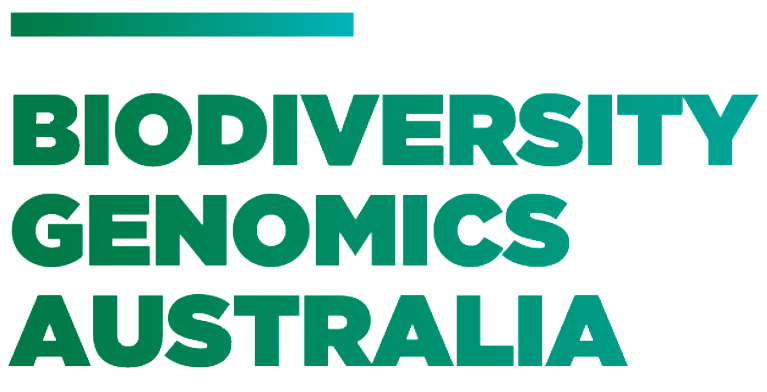BIODIVERSITY GENOMICS AUSTRALIA
A national fund is needed to deliver insight into Australia’s unique biodiversity and provide a foundation for data driven decision making for Australia’s National Priorities
UNDERSTANDING Australia’s Mega-Diversity
Australian species that have never been described,
and have no name.
%
Majority of species (93.6%) are hard to observe yet contain the greatest diversity and perform critical ecosystem services.
- VERTEBRATES 1.6%
- PLANTS 4.8%
- FUNGI 8.8%
- BACTERIA, VIRUS, OTHER 28.3%
- INVERTEBRATES 56.5%
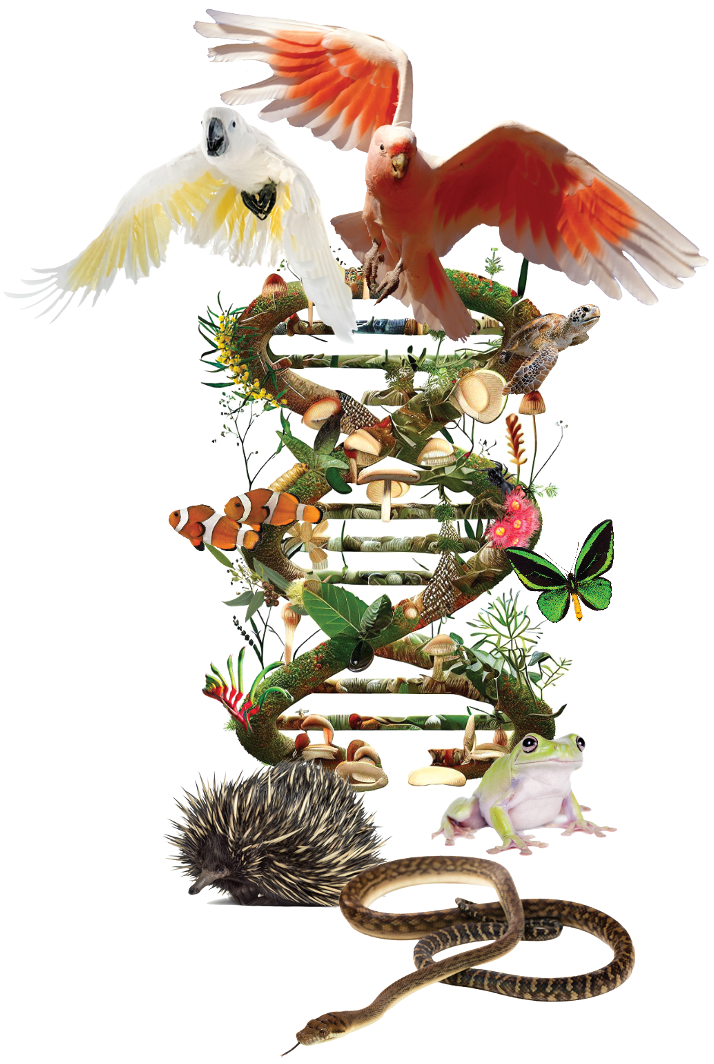
WHY GENOMICS?
Biosecurity
Assess risk, prevent, respond and recover from threats to our economy and environment
Conservation
Enhance species and ecosystem resilience through data-driven conservation decisions
Primary Industry
Safeguarding Australia’s food security, primary production and export
markets
Biodiversity
Identification of novel species to enable robust and accurate biodiversity monitoring and management
Biodiscovery
Discovery of nodel genes and functions for leverage by Australian industries including medicine, energy, and food
Health
Prevent illness and diseases linked to pollution as well as communicable and foodborne disease
Indigenous Knowledge
Value, protect and actively reinforce indigenous understandings, skills, and philosophies
Education
Advance Australia’s world leading workforce through genomic data informed decision making
precision tools driven by genomics
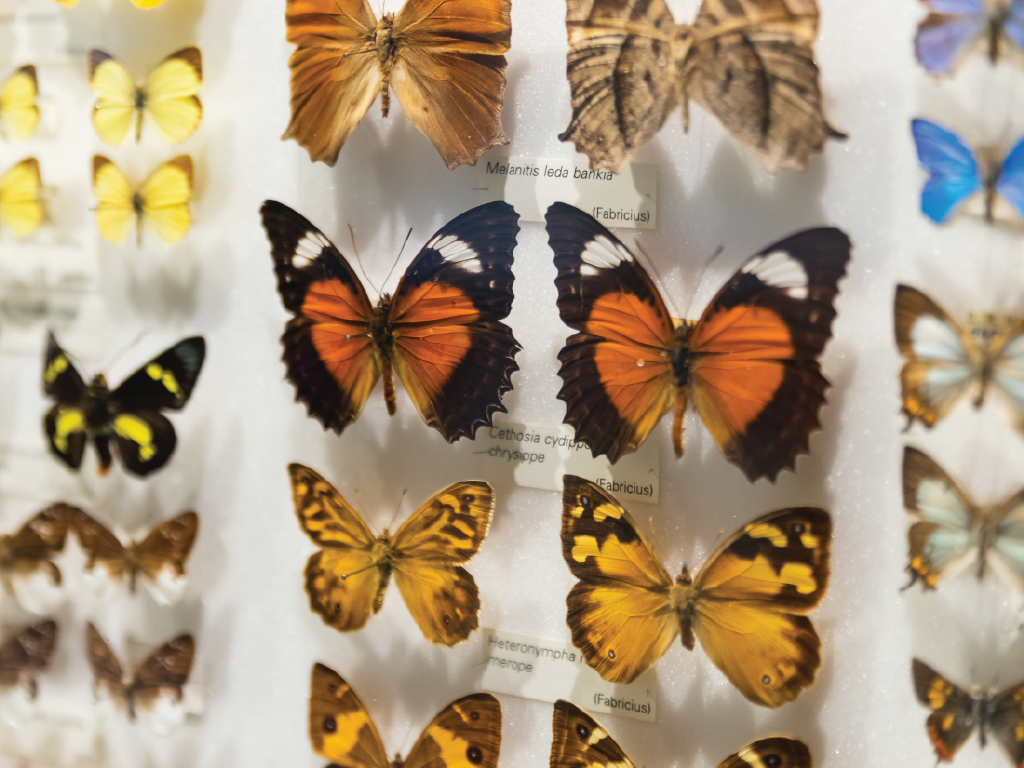
Species Discovery & Accelerated Identification
Genomic data gives scientists and government the tools to identify, describe and catalogue Australia’s unique biodiversity. Species discovery underpins all biological and ecological understanding of biodiversity.
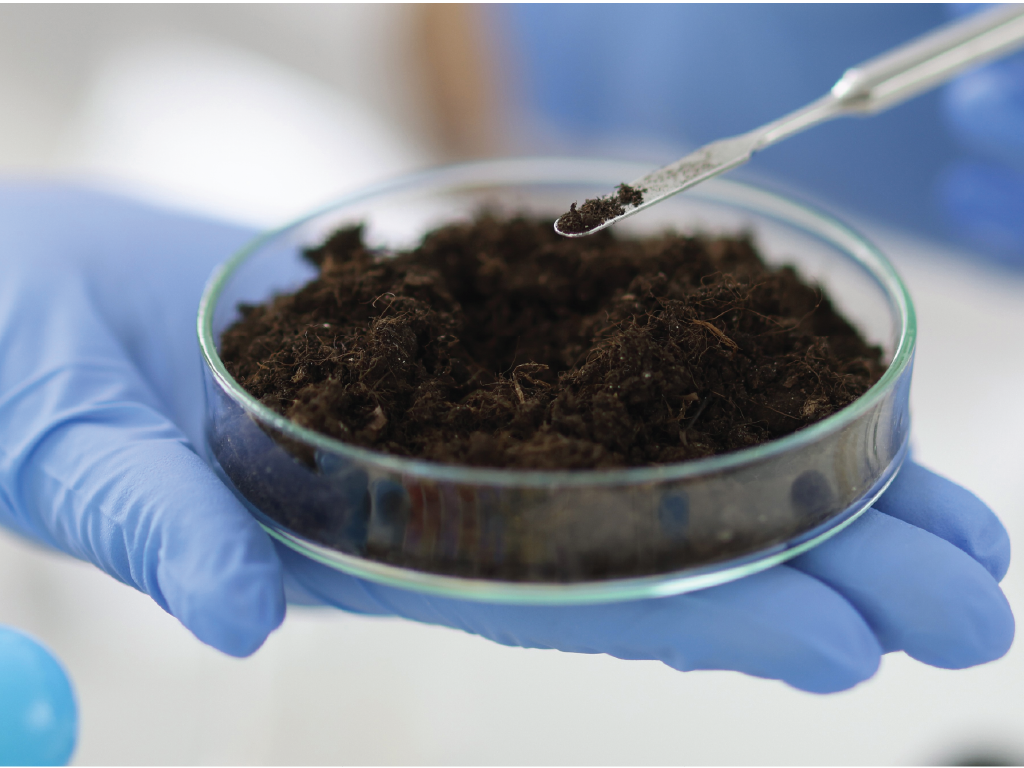
Enhance biosurveillance for scalable, rapid change identification
Sequenced specimens will form a reference library for detecting Australian or exotic species – wild organisms, agricultural or pests, diseases and vectors, imported goods, or trace DNA samples strategies.
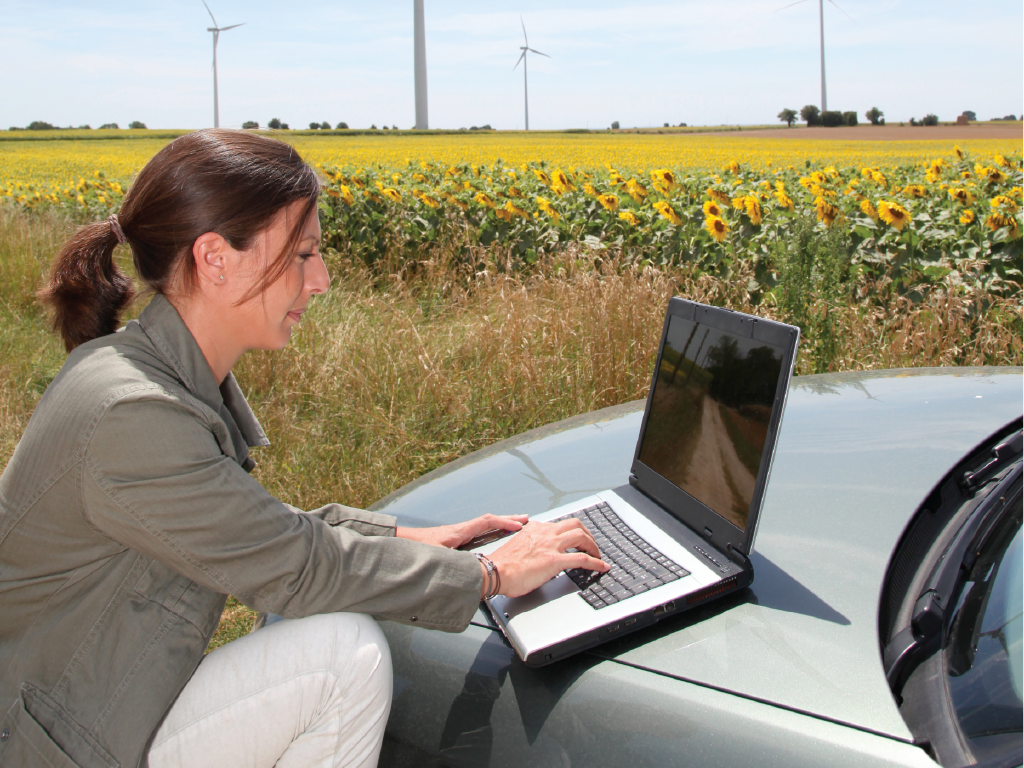
Understand biological functions & Ecological interactions
Genomes of reference specimens and species populations enables in depth understanding of all aspects of species’ biology, evolution,
adaptation and resilience.
ALIGNMENT TO INTERNATIONAL EFFORTS
International initiatives in genomics are currently in progress, aiming to comprehensively characterise, understand, and sustainably manage global biodiversity. In this endeavor, Australia holds a substantial role, particularly due to the abundance of species unique to our continent. Major reductions in the cost of DNA sequencing mean that this is feasible.
Biodiversity Genomics Australia will provide the mechanism to deliver Australia’s commitment to the United Nations Convention of Biological Diversity (CBD) as described by the 3 key goals
in Australia’s Strategy for Nature (2019- 2030): Goal 1) Connect all Australians with nature; 2) Care for nature in all its diversity; 3) Share and Build Knowledge.
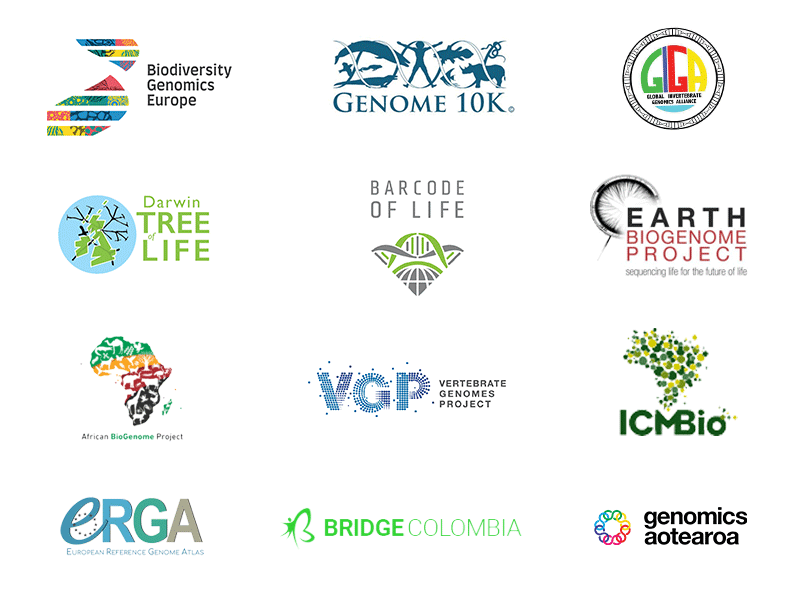
GOVERNANCE & OPERATION
Biodiversity Genomics Australia will be a national fund administered by a Board with responsibility to support and sustain a systematic effort to identify, characterise and understand the function and interactions of Australia’s unique biodiversity in order to inform holistic management of our biodiversity and natural ecosystems. The Board will operate programs to provide merit-based grants to support this mission following guidance from expert scientific and technical committees, with facilitation and administrative support from Bioplatforms Australia.
Biodiversity Genomics Australia funds will be applied to systematic sequencing programs in Australia, including genome sequencing, population genomics for priority species and eDNA analysis for monitoring environmental health. There will be a need for the development of sampling methodologies that include indigenous engagement and benefit-sharing, curation of the reference libraries, ensuring long- term preservation of specimens and DNA, and other ancillary activities approved by the Board.
BLANK
WORKING GROUP MEMBERS
- Prof. Phil Batterham, The University of Melbourne (Convenor)
- Prof. Margaret Byrne, WA Department of Biodiversity, Conservation and Attractions
- Prof. David Cantrill, Royal Botanic Gardens, Melbourne
- Prof. Arthur Georges, The University of Canberra
- Andrew Gilbert, Bioplatforms Australia
- Dr Dianna Gleeson, The University of Canberra
- Prof. Jenny Graves, La Trobe University
- Prof. Ary Hoffmann, The University of Melbourne
- Dr Carolyn Hogg, The University of Sydney
- Dr Parwinder Kaur, The University of Western Australia
- Prof. Craig Moritz, Australian National University
- Dr. Linda Neaves, Australian National University
- Prof. Hugh Possingham, Queensland Chief Scientist
- Prof. Andrew Young, CSIRO
- Dr Andre Zerger, Atlas of Living Australia, CSIRO
